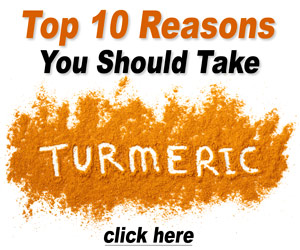Niacin and Niacinamide

Niacin and niacinamide are both forms of vitamin B3. The recommended dose for healthy hair growth is 20-500 mg/day. 49
Dietary Sources of Niacin or Niacinamide
- Coffee 49
- Dairy foods 49
- Eggs 49
- Fish 49
- Fortified cereals 49
- Grains and fortified breads 49
- Legumes 49
- Meat 49
- Milk 222
- Nuts 49
- Poultry 222
- Soy 49
- Tea 49
- Yeast 222
Physiological Effects and Benefits of Niacin and Niacinamide
- Vitamin B3 deficiency causes hair loss.
10, 32 - A natural vasodilator, niacin can improve blood flow to hair follicles. 222
- Niacin is a common ingredient in creams and cosmetics as a moisturizer and for hair conditioning. 10
- Niacinamide is commonly used in shampoos and cosmetics as a moisturizer and for hair conditioning. 10
- In a study involving patients with female pattern hair loss, application of topical niacin derivatives improved hair growth. 10
Precaution
Note: if you have gout, experts recommend avoiding too much niacin (over 1,000 mg/day) because it may increase uric acid levels. Avoid time-released niacin supplements which may cause liver damage. 222
Disclaimer: This website is not intended to replace professional consultation, diagnosis, or treatment by a licensed physician. If you require any medical related advice, contact your physician promptly. Information presented on this website is exclusively of a general reference nature. Do not disregard medical advice or delay treatment as a result of accessing information at this site.
Also called nicotinamide.
In the presence of B2 and B6, metabolized from the tryptophan in this food.
In the presence of B2 and B6, metabolized from the tryptophan in this food.
In the presence of B2 and B6, metabolized from the tryptophan in this food.
In the presence of B2 and B6, metabolized from the tryptophan in this food.


